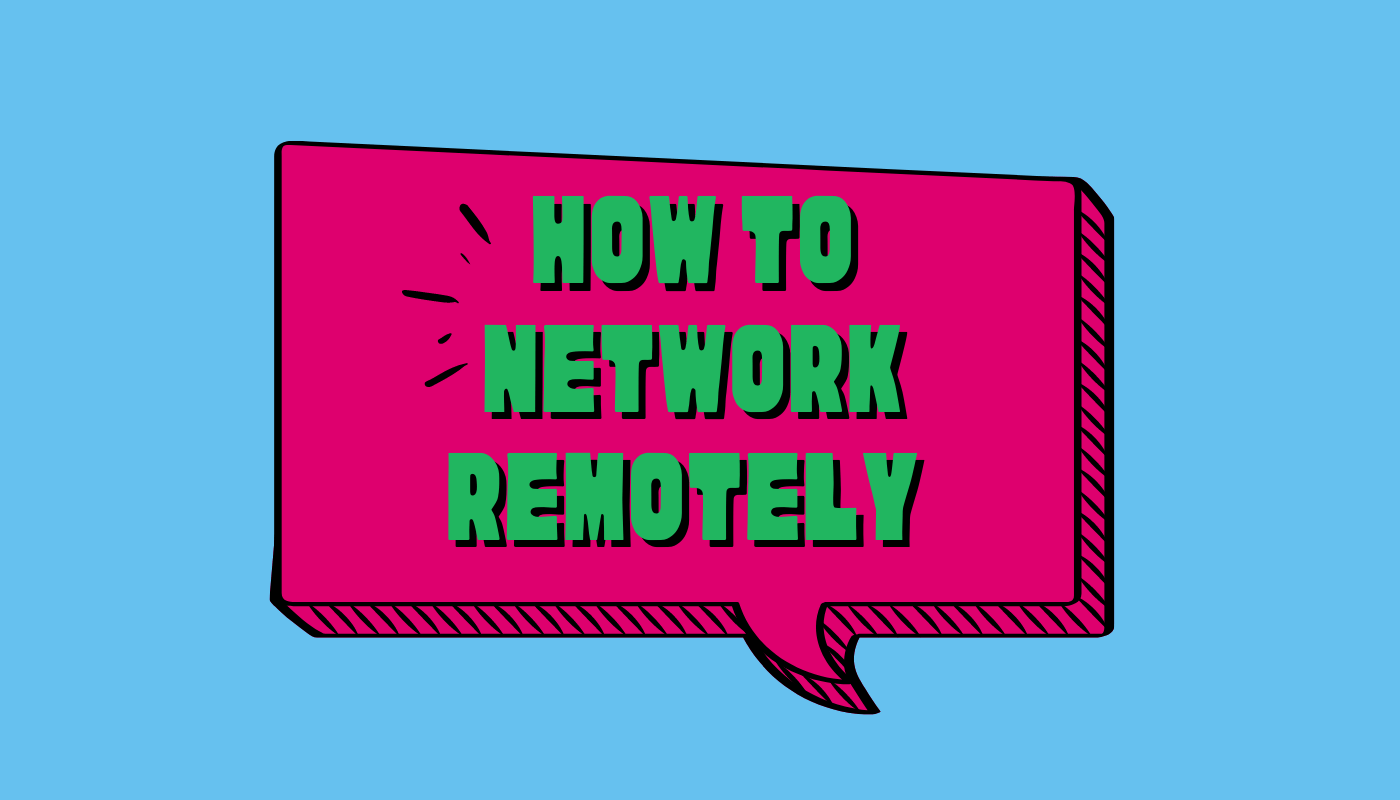How many times are you distracted during an average workday? Once, five times, ten times?
Now, multiple this by 25.
You’ve probably heard this productivity statistic before – that it takes an average of about 25 minutes to return to the task at hand after you’ve been distracted – so imagine just how much time is being lost to distractions every day.
That means distractions don’t just eat up time during that interruption, but they affect your progress afterwards (e.g. that 30 seconds on social media is actually 25 minutes and 30 seconds), so we have to do something about it.
If you need to be contactable via social media and various messaging apps, it may seem an impossible challenge, but here are some tips on how to get the main distractions under control.
For the social media scrollers…ditch your phone and join an online networking group
A lot of us check our social media throughout the day, but there are some that do it frequently enough that it eats into their productivity. So how do you stop this?
The easy fix is to ditch your phone in the day and not have it with you at all. However, if that isn’t possible, consider adding an app on your phone that tracks your usage or limits you from using it for certain apps. Time limits mean you can tell friends and family that you have to spend your time on clients during the day, even if they see that you’re active on any social media channel during the day.
For the web surfers…install an internet blocking tool
It’s so easy to open up a tab and be diverted from a helpful article to a mass of other websites, so how do you knock it off during work hours?
Another easy fix is to install an internet blocking tool on your computer such as FocusMe or Freedom. These applications allow you to block certain websites for set periods of time so that you can still use the internet for work but you can’t get distracted by, for example, news sites.
For the easily distracted…plan a schedule and stick to it
It can be really hard working from home. Having family there is distracting, so many chores are to be done that are on your mind, and that hour for lunch seems to turn into tackling the household “to do” list. If this sounds like you, then you may be the type of person that is easily distracted.
The way to combat this problem is to create a schedule for yourself both for the week and for every day. It can help you see how much you have to get done and it gives you the discipline to sit down and do it. You can be flexible with this, e.g. setting your work hours earlier because you’re more productive, so find your best routine and stick to it.
For the busy fools…collate groups of tasks together
If you feel like you firefight through your days answering emails and phone calls, only to end the day not having done what you wanted, you can end this chaos! Start managing your time by managing your tasks.
What we mean by this is to group similar tasks together. For example, start your day off with a difficult task or dedicate 30 minutes just before lunch to answer all your emails. If you start grouping tasks together, you’ll find your productivity increases because you don’t have to shift your mindset from one task to another all the time.
For the fidgety folk…create a dedicated working space
For the people who can’t seem to sit still, who need to organise their desk every five minutes or who spend too much time gazing into space or at their photos on the wall, usually, we would recommend working from a café. Since this isn’t really possible right now, the next best thing is to create a dedicated working space at home.
Whether that’s in the spare room or in the conservatory, set up a comfortable desk with minimal distractions around you, and preferably, somewhere that has a door that you can close. This will help you to switch on your work mind when you’re in there, and switch off when you leave.
For the bored, overworked or burnt out…take a real break
Last but not least is the overworked. It’s very difficult working from home, especially if you still have your family at home too, so don’t be too hard on yourself. Not being able to concentrate or ‘switch off’ completely can really impact your productivity in the moment and the next day, so give yourself a break.
Make sure to take regular breaks away from your desk every day, go for a walk, and truly switch off at the end of the day so that you can start the next one ready to smash it.
























